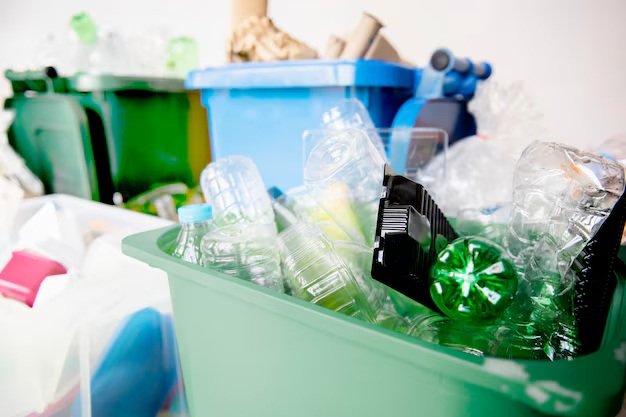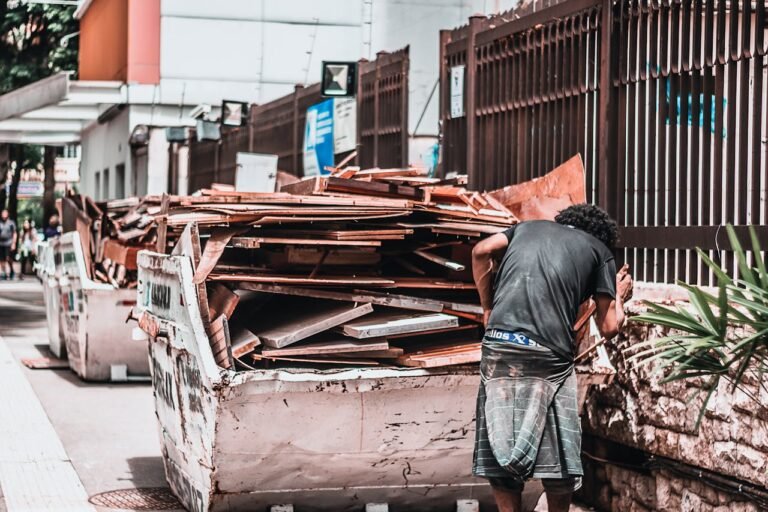Cities Turn to Repair Cafés to Cut Waste and Build Local Skills
Repair cafés — the community events where volunteers help people fix broken kettles, phones, clothes and lamps — are no longer a niche hobby. What began in Amsterdam in 2009 as a small, volunteer-led response to a throwaway culture has grown into a recognised movement that cities and funders are starting to treat as part of municipal waste and skills strategy. According to Repair Café International, more than 2,500 Repair Cafés now operate around the world, and volunteers logged record data in 2024, showing tens of thousands of repair attempts collected through the movement’s monitoring tools.
That growth matters to city planners because repair activity links two challenges that local government faces: cutting household waste and rebuilding practical skills that support local jobs and resilience. A large, recent dataset pooled by the Open Repair Alliance found over 200,000 repair attempts recorded by community groups across dozens of countries, and nearly 70,000 of those were logged in the 12 months between August 2023 and July 2024 alone — roughly 200 items a day recorded in community repair events. Those numbers provide hard evidence that demand for fixing exists and is growing.
Cities are responding in different ways. Some are funding small grants, others are offering rent discounts or workspace, and a few are testing repair-voucher schemes that make repairs more affordable for households. In north London, for example, The Guardian reported that a repair-voucher trial launched in 2025 aims to reduce the cost barrier that pushes people to replace cheap electrical goods. Similar national schemes in Austria were used by millions of people and are credited with diverting thousands of tonnes of e-waste. When municipal policy aligns with community repair groups, it creates a multiplier effect: citizens save money, shops and repair hubs gain steady business, and fewer items end up in the landfill.

Fixing Things, Building Skills and Cutting Waste
Repair cafés do three things at once: they extend product life, teach practical skills, and create social spaces. Academic reviews of repair cafés find that, beyond the environmental gains, these events function as local learning hubs where repair skills are shared and social ties strengthened. The literature cautions that repair cafés alone cannot solve systemic waste — professional repair services, design changes by manufacturers and supportive policy are also needed — but as a local intervention, they play a clear role in a circular economy.
Hard numbers help explain the environmental logic. National and sector studies show that extending the life of products reduces the carbon and material impacts associated with new manufacturing and disposal. In the UK, WRAP’s work on reuse and repair shows that a majority of citizens say they are likely to use repair services and that repairing textiles, for instance, can extend clothing life by around a third, which reduces both waste and embodied emissions. These patterns hold for small electricals as well: if products are kept and repaired, the high share of emissions embedded in manufacture and transport is not wasted. That’s why many campaigners push for policies that make repair cheaper and easier, from removing VAT on repair labour to ensuring spare parts are available.
The data gathered by repair groups also point to the barriers that fixes routinely encounter: missing or expensive spare parts, closed product designs that block access to internal components, and a shortage of skilled repair technicians. The Open Repair Alliance’s dataset identifies spare parts availability as a top barrier in roughly a quarter of repair attempts, with design limitations and high part costs also among the main reasons repairs fail. These constraints highlight why municipal support that focuses only on events—without addressing training, parts supply, and procurement rules—can only go so far.
People Impact Stories From Repair Hubs
At the Fixing Factory in Camden, north London, volunteers and visitors share a clear example of how repair cafés can change everyday habits. A volunteer fixing a vacuum cleaner or a radio will sometimes prompt a whole room of people to applaud the moment a repaired item powers back up—real moments of community validation as well as practical wins for the planet. Volunteers range from retired technicians to design students; for instance, a 24-year-old design student and a retired sound engineer were quoted by reporters describing the pride and joy of bringing an item back to life. This shopfront example also demonstrates demand: after opening, the Fixing Factory saw such heavy use that it began offering training courses for new fixers, according to The Guardian.
Organisations that coordinate repair groups also collect evidence of scale and success. Repair Café International’s RepairMonitor reported more than 37,000 repairs logged in 2024, with a success rate (where volunteers recorded their outcomes) that year of around 62. The most common items brought in included vacuum cleaners, coffee makers and clothing repairs — everyday things that might otherwise be disposed of quickly. These numbers make clear that community repair is not just about specialist electronics; it is about the small, constant churn of household goods.
National campaigning groups provide complementary data and policy insight. The Restart Project and the Open Repair Alliance aggregated repair logs and used them to show not only successes but missed opportunities — for instance, their research found many items taken to civic waste centres were still in working condition or could have been fixed, yet reuse or repair options at those facilities were limited. This gap is exactly the space where a joined-up city strategy — one that links repair groups, reuse targets at waste facilities, and local procurement — can make a measurable difference.
Table — quick facts and evidence (selected)
| Metric or example | What it shows |
|---|---|
| ~2,500 Repair Cafés worldwide | Movement scale and growth |
| 208,491 repair attempts logged (to Oct 2024) | Large dataset showing demand |
| 37,000 repairs entered into RepairMonitor in 2024 (62% success) | Repair cafés’ self-reported activity |
| 58% of UK citizens likely to use a repair service | Public appetite for repair |
| 1.5m repair vouchers used in Austria (since 2022) | Policy can scale repairs quickly |

What Cities and Citizens Can Do Next
Municipal leaders who want to turn local goodwill into measurable waste reduction and local jobs should treat repair as part of an ecosystem, not just an occasional event. First, make it easy to scale community repair groups by offering low-cost or subsidised spaces and simple microgrants that cover tools and insurance. Local funders and companies have begun doing this: small grant schemes targeted at repair cafés — such as the fund announced in the UK to support local Repair Cafés near energy-from-waste sites — demonstrate that modest, targeted funding unlocks activity on the ground.
Second, focus on skills and supply chains: invest in training for new fixers, partner with local colleges to create repair apprenticeships, and work with regional businesses to make spare parts available. Cities in Austria and campaigns in the UK are already discussing how vocational routes and apprenticeships could channel new technicians into repair businesses as older workers retire. That approach addresses both the immediate bottleneck (a lack of repair skills) and longer-term job creation.
Third, change incentives. Councils can pilot repair vouchers or remove local charges that make repair more expensive than replacement. They can also adjust procurement rules to prefer repairable products and support reuse streams at civic recycling centres, so items that could be repaired are diverted from shredders to repair hubs. Research from community repair groups shows many items arriving at waste centres are still usable; municipal policy can stop these from being thrown away.
Fourth, measure and share results. Encourage repair groups to log outcome data into open repositories (many do) and use those numbers to set realistic reuse targets tied to climate and waste goals. When cities can point to repair numbers — repairs done, tonnes diverted, local jobs created — they can attract further funding and scale what works. The international data sets already show the movement’s potential; now the job is to link that community energy to city systems.
Conclusion
Repairing is political, practical and personal. It is political because it asks manufacturers and governments to change rules and design; it is practical because it saves households money and diverts waste; and it is personal because the human satisfaction of learning and fixing builds stronger, more resilient neighbourhoods. Cities that treat repair cafés as more than a feel-good event — by connecting them to training, procurement and waste systems — will get the biggest returns: fewer items thrown away, more local skills, and a quieter, more circular high street. For citizens, the simplest next step is practical: find your nearest repair group, bring that broken item and watch the community and the planet get a little healthier.







